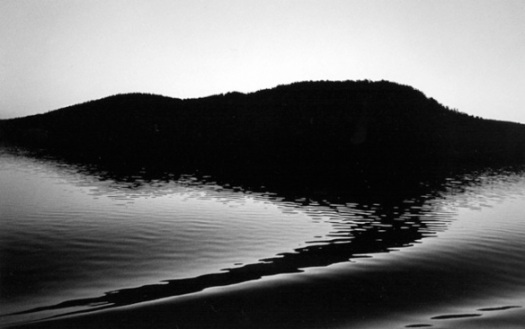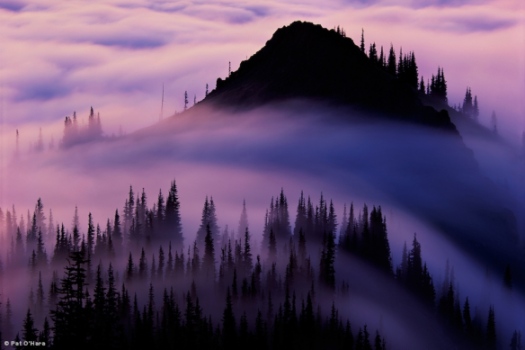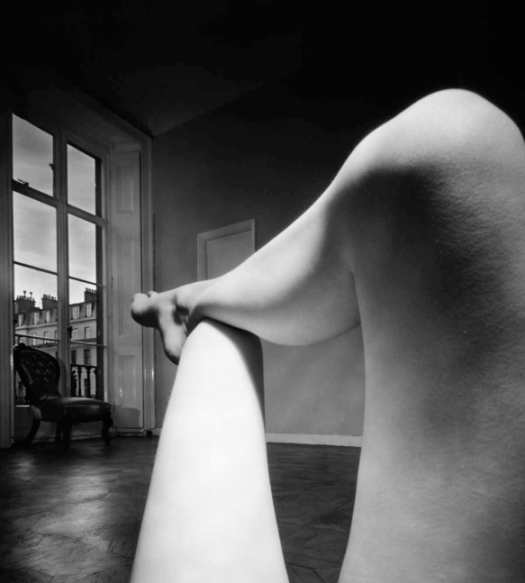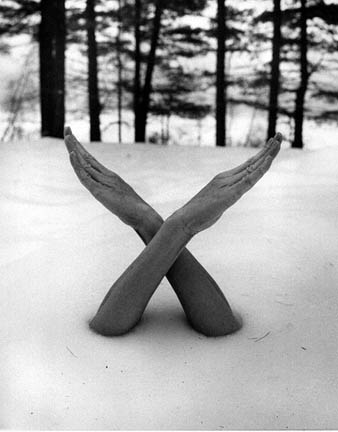While Alberto Placido’s commercial work focuses largely on architecture it’s his personal work that explores the natural world that I find most appealing.
The image above is the first image in the Inscape series. I have particularly enjoyed look at the work that deals with the coast (perhaps not too surprisingly), the very dark images of the ‘Invisible Landscape’ with highlights of white from the sky or breaking waves reminded me of my own pre-dawn visits to the coast, while those of ‘Between Sea and Sky’, such as the one below, give the sense of standing on the deck of a boat looking out at the ocean.
Alberto’s video below is interesting and I’d love to see the still images that came from this trip.
Mist from Alberto Placido on Vimeo.











